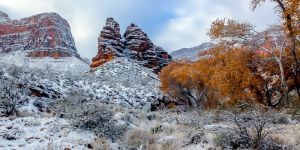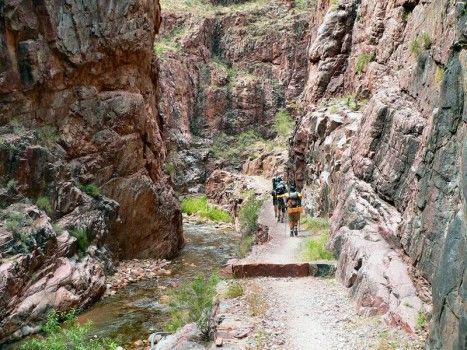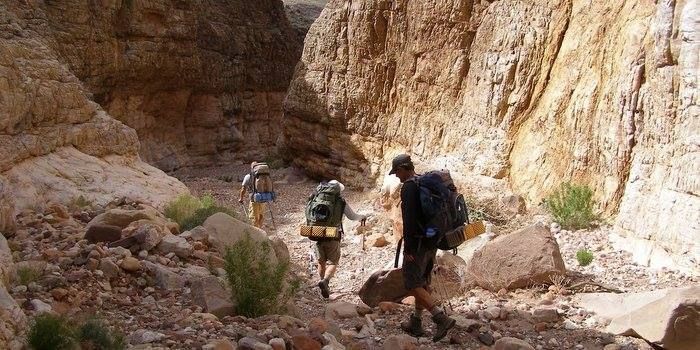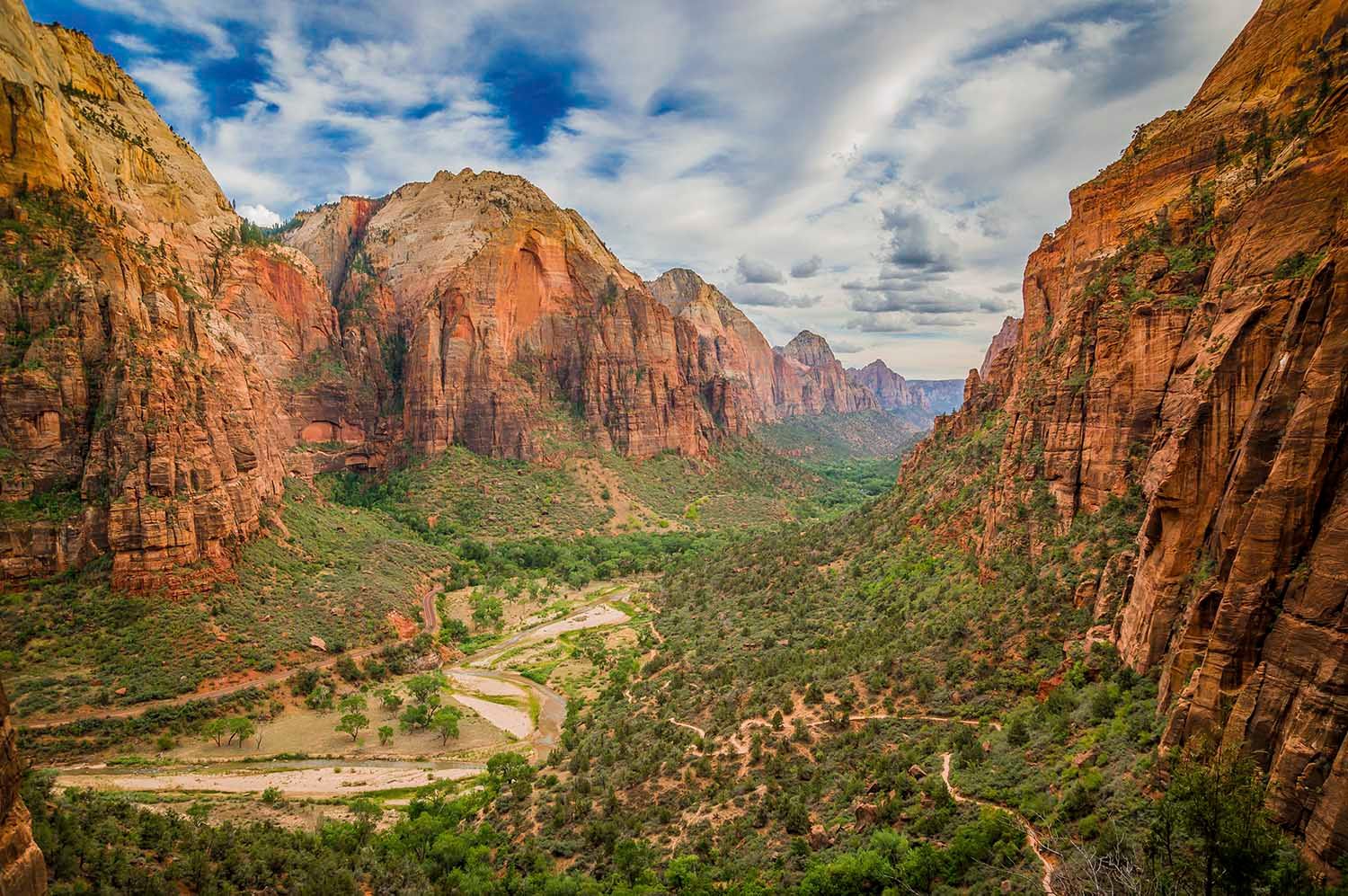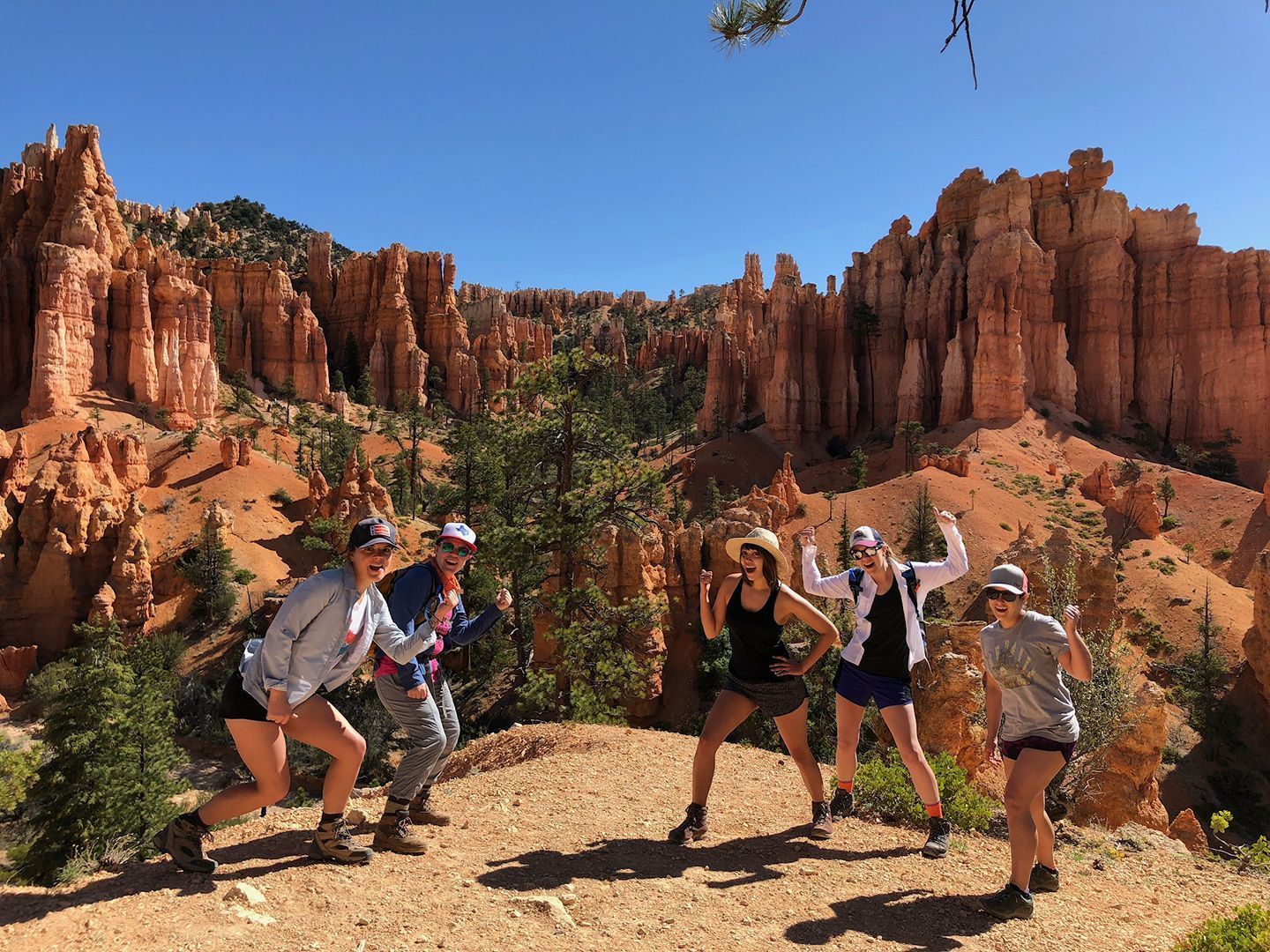Monsoon Season in the Southwest
Key Takeaways:
- The Southwest monsoon typically runs from late June through September, bringing dramatic thunderstorms, cooler temperatures, and vital moisture that rejuvenates desert ecosystems.
- In
2025, the monsoon largely failed to arrive, leading to hotter, drier conditions, increased wildfire activity, and stressed landscapes across Arizona and southern Utah.
- Monsoon rains are essential for replenishing springs, sustaining desert flora and fauna, and reducing fire danger—though they contribute less to total water supply than winter snowpack.
- For hikers and backpackers, early starts, weather awareness, and avoiding slot canyons during storms are key to staying safe amid rapidly changing conditions.
- Experienced Southwest guides adapt routes and plans based on monsoon activity, ensuring that every adventure—rain or shine—remains safe, meaningful, and unforgettable.
Every summer, the skies above Arizona and the greater Southwest transform as the North American Monsoon arrives. From late June through September, moisture surges north from the Gulf of California and the Gulf of Mexico, colliding with desert heat to create dramatic thunderstorms, towering clouds, and, on the best days, refreshing rains that cool and nourish the landscape.
For those of us who live, work, and play in
canyon country, monsoon season is far more than just weather. It shapes trails, river levels, wildflower blooms, and even the safety of backcountry adventures.

What Is the Southwestern Monsoon?
The monsoon is a seasonal shift in wind and weather patterns. In winter and spring, prevailing winds bring dry air from the west. By midsummer, however, those winds reverse, pulling humid air from the south. This influx of moisture collides with hot desert ground, fueling daily buildups of clouds and afternoon thunderstorms.
- Timing: Generally late June through September
- Peak: July and August (though this varies year to year)
- Impacts: Afternoon storms, flash floods, cooler temperatures, lightning, and vivid sunsets
This cycle is essential for the region’s ecosystems. Monsoon rains replenish springs, sustain desert plants and wildlife, and reduce fire danger after the dry early summer.
What Powers the Southwest Monsoon?
The North American Monsoon develops from a combination of factors:
- Gulf of California surges – low-level humidity pulses move north from the Gulf of California into southern Arizona, delivering the most direct supply of moisture.
- High-level flow from the Gulf of Mexico – moist air aloft arrives from the Gulf of Mexico, especially when high-pressure systems over the Four Corners steer this flow westward.
- Seasonal heating and high-pressure ridges – intense summer heat creates a thermal low that, paired with a Four Corners high, funnels moisture northward where it interacts with mountain terrain, triggering dramatic afternoon storms.
Monsoon 2025: A Season That Never Arrived
This year has been far from typical. July and August 2025 passed with very little monsoon activity, leaving much of Arizona and southern Utah hot, dry, and prone to wildfire. The absence of storms has strained water sources and left landscapes parched, affecting hikers, wildlife, and communities that depend on seasonal rains.
The recent Dragon Bravo fire on the North Rim of the Grand Canyon is a reminder of what happens when monsoon rains fail to arrive. Burn scars now cover steep canyon terrain, with soils stripped of vegetation and unable to absorb rainfall. When storms eventually return, the risk of flash floods in these areas will be much higher than normal.
The Bigger Picture: Drought, Fire, and the Promise of Monsoon Healing
The 2025 season’s slow start underscores monsoon’s vital role—not just in our experience, but in the ecosystem itself.
- Fire-scarred landscapes are especially thirsty this year. The first rains of the season will bring not only color, but renewal.
- While monsoon rains don’t account for most of the region’s annual water supply (that still comes from winter snowpack), they
recharge soils, refresh wildflowers, and temper fire risk in late summer.

How Monsoon Shapes the Adventure Experience
When the pattern is active, monsoon season can be magical. Rain brings the desert to life: blooming cliffrose, flowing seeps and waterfalls, cooler hiking conditions, and sunsets painted in surreal shades of red and purple. Watching the Grand Canyon under stormy skies, with shafts of light piercing through, is an unforgettable experience.
When the pattern fails, as in 2025, the absence of storms is equally impactful. Hikers encounter hotter, drier conditions and a landscape that feels stressed. This is why experienced guides matter: we adapt to conditions each year to ensure trips remain safe, meaningful, and rewarding.
For hikers, awareness is important. Storms can build quickly, turning a clear morning into a thunderous afternoon. Below the rim of the Grand Canyon or in slot canyons, this can be especially dangerous.
Key considerations:
- Start early: mornings are usually calm, with storms peaking in the afternoon.
- Watch the skies: billowing cumulus clouds are an early warning sign.
- Avoid narrow canyons during storms: flash floods can occur miles downstream from rainfall.
- Respect lightning: move to safe areas well before storms roll in.
- Be prepared for detours: rangers may close trails temporarily due to flood risk.
At Four Season Guides, we account for all of this in our trip planning. Our guides monitor forecasts, know alternate routes, and choose safe campsites—so guests can focus on the adventure and enjoy the dramatic skies.
Final Thought
The monsoon is more than a weather pattern. It’s a defining feature of the desert Southwest, bringing renewal, drama, and some of the most breathtaking displays of light and color on Earth. Whether the skies open with storms or hold back in suspense, monsoon season shapes the adventure and the stories we carry home.
If you’re planning a
Grand Canyon hike, a
Utah basecamp adventure, or a
lodge-based journey through the desert Southwest, we’ll make sure you’re ready for whatever the skies bring.
Frequently Asked Questions
Learn how the North American Monsoon shapes weather, landscapes, and outdoor adventures across the desert Southwest.
What is the North American Monsoon?
The North American Monsoon is a seasonal shift in wind patterns that brings moisture from the Gulf of California and the Gulf of Mexico into the desert Southwest. It typically occurs from late June through September, producing thunderstorms, cooler temperatures, and vital rainfall for plants, wildlife, and people.
When is monsoon season in the Southwest?
Monsoon season usually runs from late June through September, with peak activity in July and August. Timing varies each year depending on larger weather patterns. The season often brings daily afternoon thunderstorms, lightning, and colorful sunsets that define summer in the desert Southwest.
Why is the monsoon important for the Southwest?
Monsoon rains replenish springs, reduce wildfire risk, and sustain desert ecosystems. The moisture supports wildflowers, wildlife, and human communities that rely on these seasonal rains. Even though it contributes less to total water supply than winter snow, it plays a crucial ecological role in regional renewal.
Why was the 2025 monsoon season so weak?
In 2025, high-pressure patterns and limited moisture flow from the Gulf of California and Gulf of Mexico suppressed storm formation. As a result, much of Arizona and southern Utah stayed hot and dry, leading to drought conditions, increased fire risk, and stressed landscapes across the region.
How does the monsoon affect hiking and outdoor adventures?
Monsoon weather transforms the experience—storms can cool the desert and bring stunning skies, but they also create flash flood and lightning risks. Hikers should start early, watch for building clouds, and avoid slot canyons or exposed ridges during storms. Awareness and preparation are essential.
What causes monsoon thunderstorms to form?
Intense summer heat creates a thermal low over the deserts, drawing in moist air from the south. When this humidity rises over mountains, it cools and condenses into towering clouds and thunderstorms. The combination of heat, terrain, and moisture makes the monsoon both powerful and unpredictable.
What are the main dangers of monsoon season?
The biggest hazards include flash floods, lightning, and rapidly changing weather. Dry canyons can flood suddenly from distant storms, and lightning can strike miles from rainfall. Travelers should stay alert, check forecasts, and follow safety advisories from park rangers and local authorities.
How does drought impact monsoon recovery?
When drought precedes the monsoon, dry soils and fire-scarred landscapes absorb rain poorly, increasing flood risk. Over time, consistent rains restore vegetation, stabilize soil, and improve water retention. Even a modest monsoon helps damaged ecosystems begin to recover after dry years.
What’s the difference between the Southwest monsoon and other monsoons?
Unlike tropical monsoons that last for months with continuous rain, the North American Monsoon features short, intense storms separated by dry periods. It’s driven by shifting wind patterns and terrain, making it highly localized—one valley might flood while another nearby remains dry.
How can travelers safely enjoy monsoon season in the Grand Canyon?
Travelers should plan early starts, check weather forecasts, and stay flexible. Avoid hiking in slot canyons or near steep drainages during storm forecasts. Experienced guides monitor conditions closely, ensuring safe routes and campsites while helping guests enjoy the dramatic beauty of monsoon skies.
Four Season Guides, 506 N Grant St suite o, Flagstaff, AZ 86004, United States
+19285251552
35.19653980, -111.62000560

